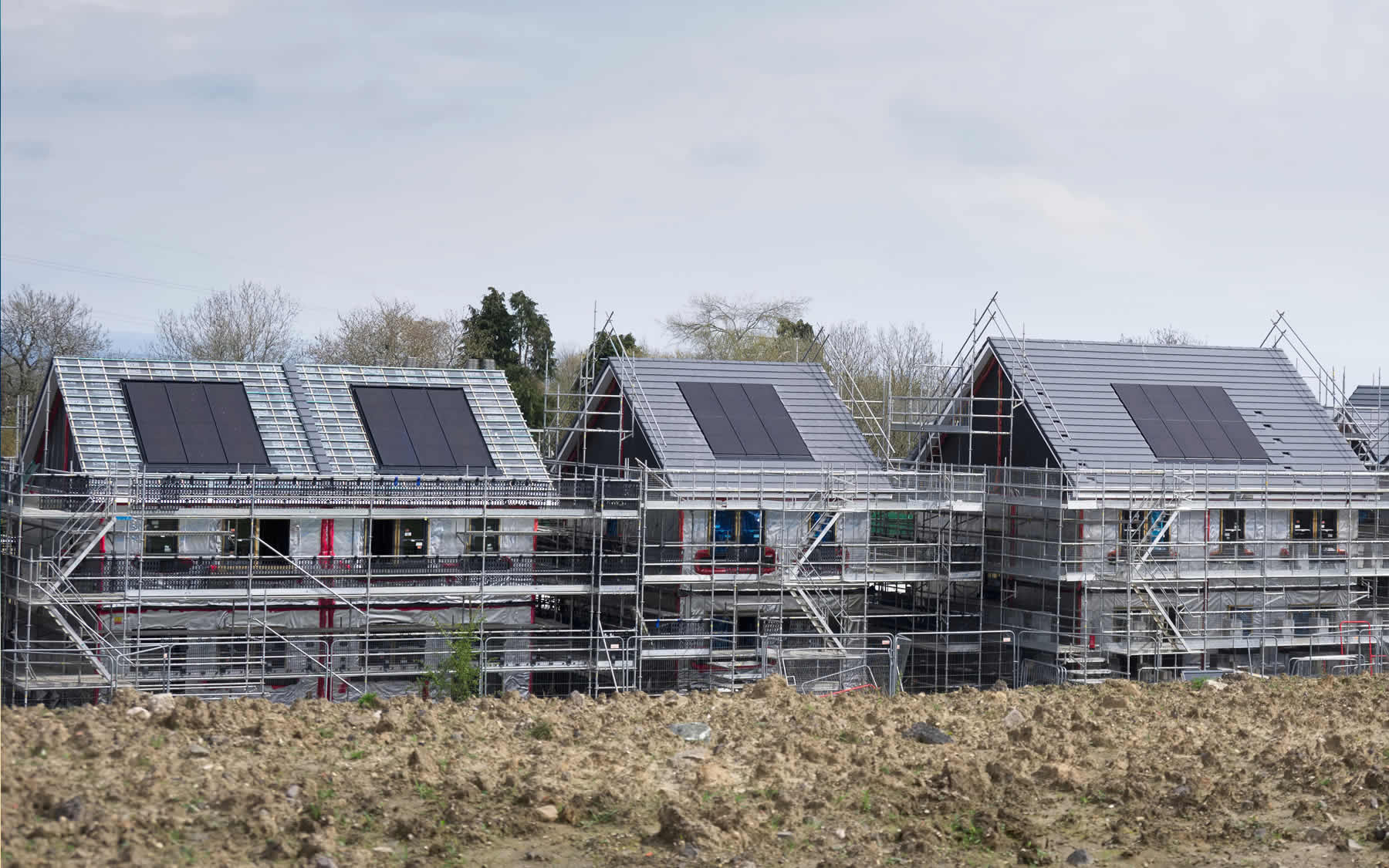
Building regulations are essential to ensure the safety, sustainability and accessibility of new constructions and renovations. Recent changes to these regulations reflect evolving standards in safety, energy efficiency and inclusivity.
Here’s a rundown of the latest updates to building regulations and what they mean for homeowners, builders and developers.
1. Enhanced Energy Efficiency Standards
One of the most significant changes in building regulations is the tightening of energy efficiency requirements. New buildings must now meet stricter standards to reduce carbon emissions and improve energy performance. Key updates include:
- Higher Insulation Standards: New constructions require enhanced insulation in walls, roofs and floors to minimize heat loss.
- Improved Window Glazing: Double and triple-glazed windows with lower U-values are now standard to enhance thermal efficiency.
- Air Tightness Testing: Mandatory air tightness tests for new homes to ensure minimal heat loss and energy waste.
These changes are part of broader efforts to meet national and international climate goals by reducing the carbon footprint of buildings.
2. Renewable Energy Integration
To support the shift towards renewable energy, building regulations now mandate the incorporation of renewable energy systems in certain types of new constructions. This includes:
- Solar Panel Installation: New residential buildings must consider the installation of solar photovoltaic panels to generate onsite electricity.
- Heat Pumps: Encouragement of air and ground source heat pumps as alternatives to traditional gas boilers.
- Electric Vehicle Charging Points: New homes and buildings with parking spaces must include infrastructure for electric vehicle charging.
3. Fire Safety Enhancements
In response to recent high-profile fire incidents, regulations have been updated to enhance fire safety in residential buildings, particularly high-rises. Key measures include:
- Improved Fire Detection and Alarm Systems: Stricter requirements for smoke detectors, fire alarms and suppression systems.
- Fire Doors and Compartmentation: Enhanced standards for fire doors and internal compartmentation to prevent the spread of fire.
- Sprinkler Systems: Mandatory installation of sprinkler systems in new high-rise residential buildings over a certain height.
4. Accessibility and Inclusivity
Building regulations now place a greater emphasis on accessibility, ensuring that buildings are inclusive for all users. Updates include:
- Accessible Entrances and Routes: New buildings must have step-free access and wide, clear routes suitable for wheelchair users.
- Adaptable and Accessible Bathrooms: Requirements for accessible bathroom facilities in public buildings and new residential constructions.
- Visual and Acoustic Alarms: Enhanced provisions for visual and acoustic alarm systems to accommodate people with hearing or sight impairments.
5. Digital Innovations in Compliance
To streamline compliance and improve oversight, building regulations now incorporate digital solutions. These include:
- Digital Building Logs: Requirement for digital building logs that track the compliance of a building throughout its lifecycle.
- Remote Inspections: Adoption of remote inspection technologies, allowing for virtual site visits and real-time compliance checks.
- Building Information Modeling (BIM): Encouragement of BIM to improve design accuracy, coordination and compliance with regulations.
Conclusion
The recent changes to building regulations represent a significant step forward in ensuring that buildings are safe, sustainable and accessible. These updates not only enhance the quality of the built environment but also align with broader environmental and social goals. Whether you’re a homeowner planning renovation or a developer embarking on a new project, understanding and adhering to these new regulations is crucial.
Stay informed and ensure compliance to contribute to a safer, greener and more inclusive built environment. For detailed guidance, always refer to the official building regulations documentation or consult with a professional.

















 Book a Demo
Book a Demo